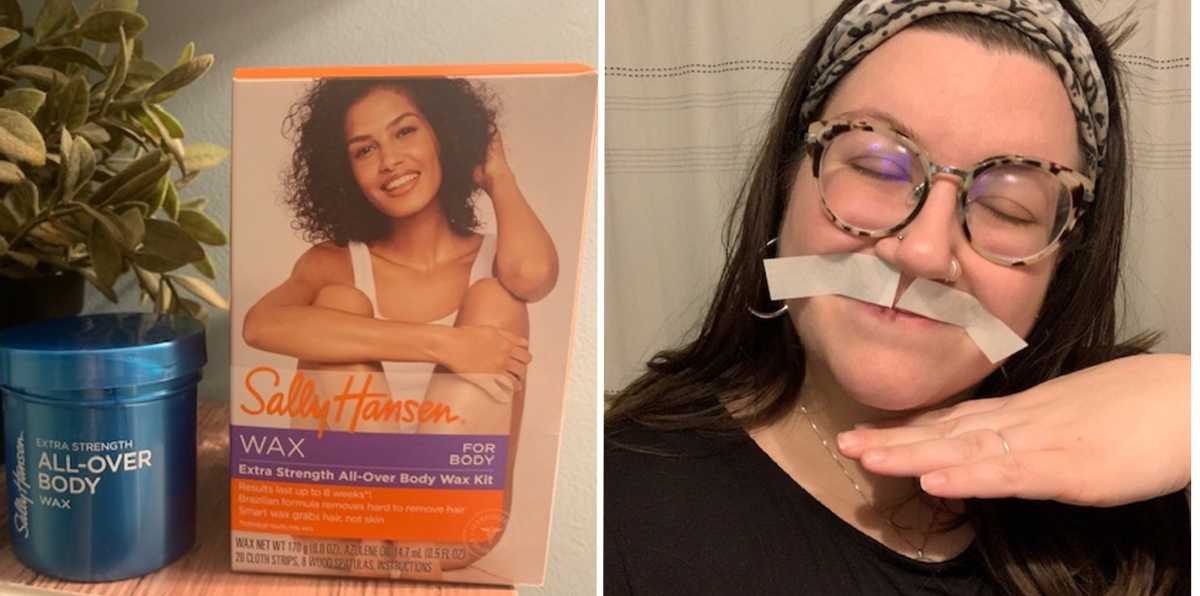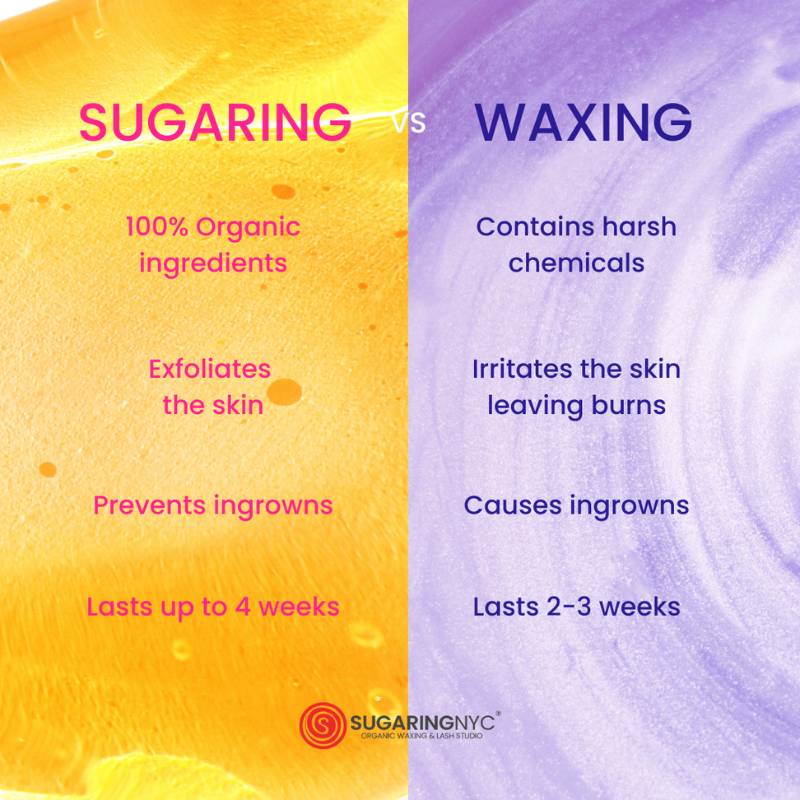Waxing Specials: Obtain the very best Deals on Hair Elimination
Waxing Specials: Obtain the very best Deals on Hair Elimination
Blog Article
Mastering the Art of Shaving: Important Tips for a Painless Hair Removal Experience
In the realm of personal pet grooming, grasping the art of waxing is a skill that can dramatically boost one's hair removal experience. From pre-waxing prep work to selecting the best wax and grasping proper waxing strategies, the trip to a pain-free waxing experience is led with understanding and expertise.
Pre-Waxing Prep Work
Before going through a waxing session, it is important to correctly prepare your skin to reduce pain and accomplish ideal hair removal outcomes. Avoid moisturizing on the day of your waxing session as it can produce a barrier between the wax and your hair, leading to less effective outcomes.
Furthermore, it is vital to clean your skin completely prior to waxing to get rid of any type of oils, lotions, or dust that can conflict with the wax's capacity to hold the hair. This action not just enhances the performance of the shaving process however additionally helps in reducing the risk of post-waxing breakouts - Laser Hair Removal. By adhering to these pre-waxing preparation steps, you can guarantee a smoother and more comfy hair removal experience

Picking the Right Wax
Choosing the suitable type of wax is important for making sure a successful and comfortable hair removal procedure. There are a number of sorts of waxes offered, each providing to various skin kinds and hair textures. The 2 primary classifications of wax are hard wax and soft wax. Difficult wax appropriates for sensitive areas like the face, underarms, and swimwear line as it adheres only to the hair, making it less unpleasant for these delicate areas. On the various other hand, soft wax is optimal for larger areas like legs and arms as it is used thinly and gotten rid of with towel strips.
When choosing a wax, consider your skin sensitivity, hair density, and the location you prepare to wax. Rugged hair may need a wax especially developed for solid hair removal.
Appropriate Waxing Strategy
To begin, it is necessary to cleanse the skin extensively prior to using the wax. Furthermore, always ensure that the wax is warmed to the correct temperature level to stay clear of burns or inadequate hair elimination. Applying the wax in the direction of hair growth and removing it against the hair growth assists to ensure that the hair is pulled from the origin, resulting in smoother and longer-lasting outcomes.
Additionally, using small sections why not try these out of wax at once and pressing firmly on the wax strip prior to elimination can assist improve the efficiency of the procedure. Lastly, remember to apply mild pressure on the skin after waxing to calm any discomfort and lower inflammation. By complying with these proper waxing methods, you can achieve a much more successful and positive hair removal experience.
Aftercare Tips

Additionally, it's recommended to abstain from tasks that may cause extreme sweating, such as extreme workouts, quickly after waxing to stop more irritability. If any kind of inflammation or bumps linger after waxing, applying a chilly compress or aloe vera gel can aid reduce swelling - Laser Hair Removal. Following these straight from the source aftercare pointers click to read more carefully can ensure a efficient and comfy waxing experience with long-lasting outcomes

Troubleshooting Common Issues
Resolving common issues that might arise during the waxing procedure is vital to making sure a effective and smooth hair removal experience. One usual problem is skin inflammation, which can happen due to sensitive skin or incorrect waxing techniques. To reduce this, using a calming cream including aloe vera or chamomile post-waxing can assist relax the skin. One more problem is ingrown hairs, where hair swirls back or grows sideways right into the skin after waxing. Normal exfoliation with a gentle scrub can stop ingrown hairs by removing dead skin cells and permitting hair to grow freely. Additionally, if you experience bruising or inflammation after waxing, applying a chilly compress can reduce inflammation and calm the skin. Last but not least, if you notice irregular hair elimination or spots of missed hair, consider readjusting your shaving technique or looking for professional assistance for even more elaborate locations. By resolving these common waxing problems proactively, you can enhance the total effectiveness and comfort of your hair elimination routine.
Conclusion
To conclude, mastering the art of shaving requires proper prep work, choosing the right wax, utilizing the appropriate technique, and complying with aftercare ideas. By complying with these vital pointers, individuals can attain a painless hair removal experience. Laser Hair Removal. It is essential to repair typical issues that may emerge during the waxing procedure to ensure a comfy and effective end result. With technique and interest to detail, waxing can be an efficient hair removal approach.
Moreover, it is crucial to clean your skin thoroughly before waxing to remove any kind of oils, lotions, or dirt that might conflict with the wax's capacity to hold the hair. The two major classifications of wax are hard wax and soft wax.When picking a wax, consider your skin sensitivity, hair thickness, and the location you prepare to wax.In addition, making use of little areas of wax at a time and pushing securely on the wax strip prior to elimination can assist boost the efficiency of the process. After waxing, it's critical to maintain the waxed location free and clean from irritants.
Report this page